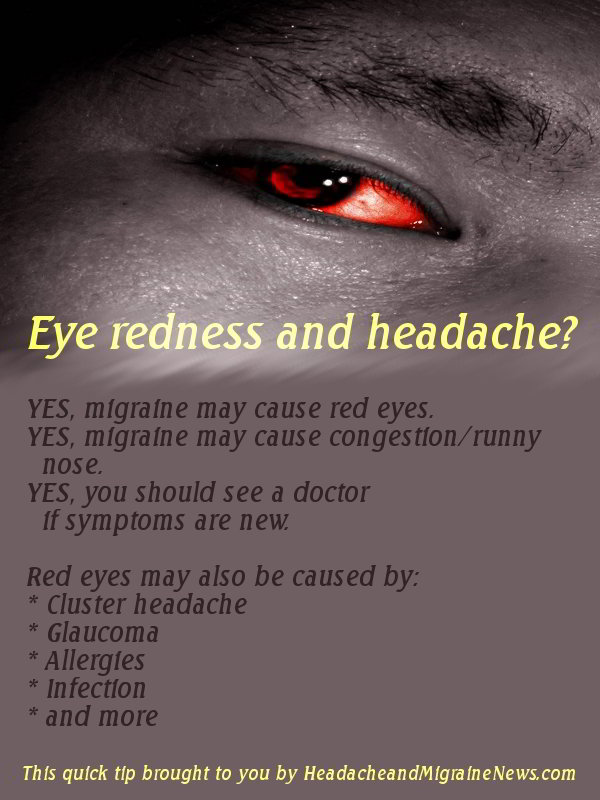

Some of the most common are triptans such as almotriptan (Axert), eletriptan (Relpax), rizatriptan (Maxalt), sumatriptan (Imitrex), and zolmitriptan (Zomig). Sometimes, prescription drugs are the only things that will ease migraine pain. Antidepressants like amitriptyline (Elavil) help many people. If you get frequent tension headaches, your doctor may prescribe medication. Doctors often recommend acetaminophen (Tylenol) or nonsteroidal anti-inflammatory drugs (NSAIDs) like ibuprofen (Advil, Motrin) or naproxen (Aleve). But remember that taking them too often can trigger overuse headaches. It may even help with migraines if you take it early enough. Over-the-counter pain medicine can ease occasional headaches. If you do get one, there are many kinds of treatments. Learning to avoid your triggers may prevent headaches or make them less painful.

This is when your eyes get tired from working too hard, doing things like staring at a computer screen or driving for a long time.Įyestrain isn't serious and usually goes away when you rest your eyes.ĭifferent things may set off each type of headache. Migraine and cluster headaches are often mistaken for sinus headaches. The pain usually gets worse throughout the day. You’ll often also have a fever, congestion, and a thick nasal discharge. Cluster headaches aren't very common and mostly happen in men.Ī sinus infection ( sinusitis) can cause a headache around your eyes, nose, forehead, cheeks, and upper teeth. The attacks last 30 to 60 minutes and are so strong that you may be restless and can't stand still while they happen. You may have several of them every day for weeks and then not have any for a year or more before they start again.Īlong with the pain, you may also have watery eyes, congestion, and a red, flushed face. These cause severe pain around your eyes, often around just one eye. Tension headaches might last 20 minutes to a few hours. They usually cause a dull pain on both sides of your head or across the front of your head, behind your eyes. These are the most common types of headaches.

Migraine headaches can last several hours to a few days. You could be sensitive to light, sounds, or smells. You may also have nausea, a runny nose, or congestion. You might also have an aura, which can include visual signs like a halo or flashing lights that sometimes come before the pain starts. They can spread to the back of your head. These headaches often begin with pain around your eye and temple. If you feel pain behind your eyes, there's a good chance it could be a specific type of headache.


 0 kommentar(er)
0 kommentar(er)
